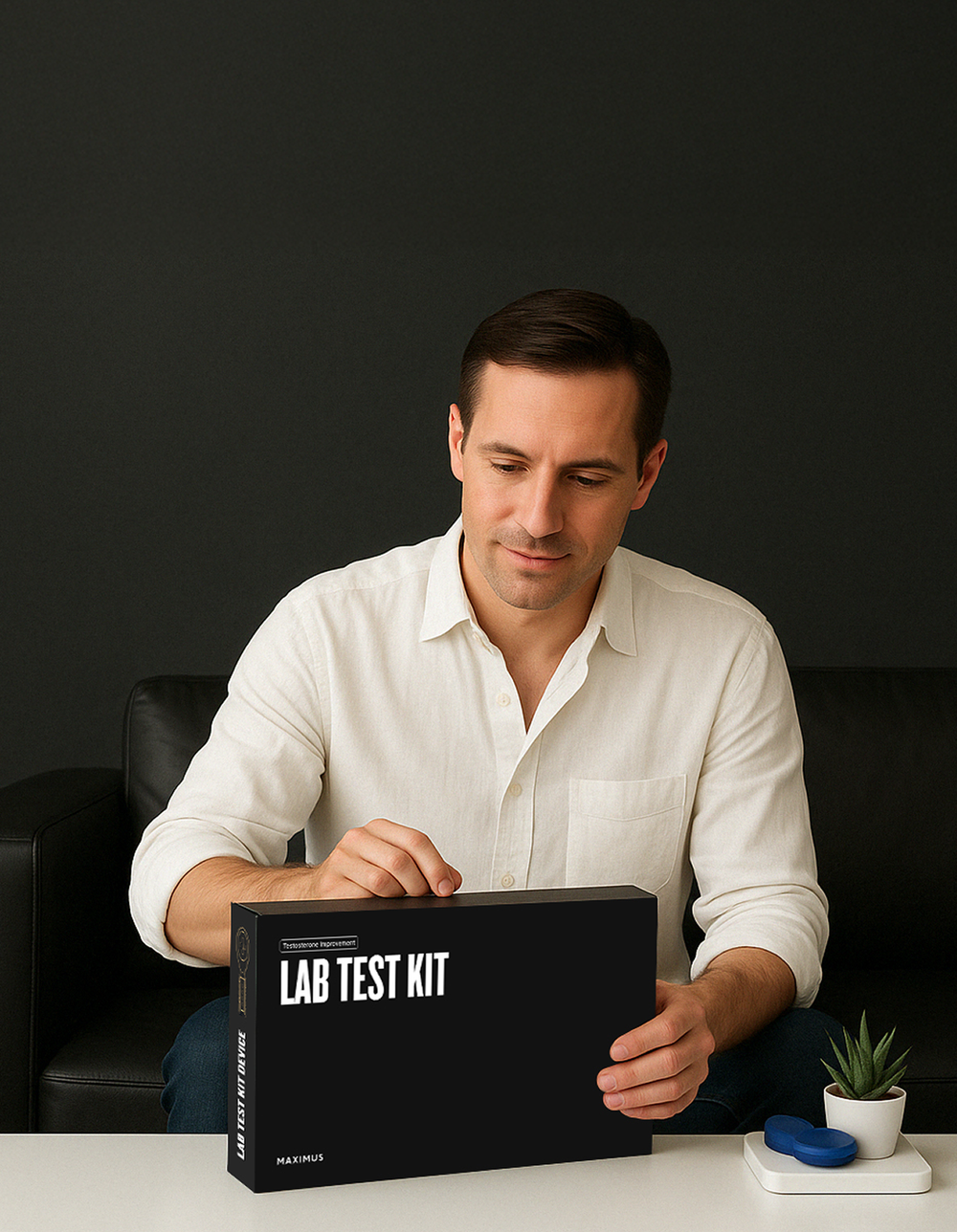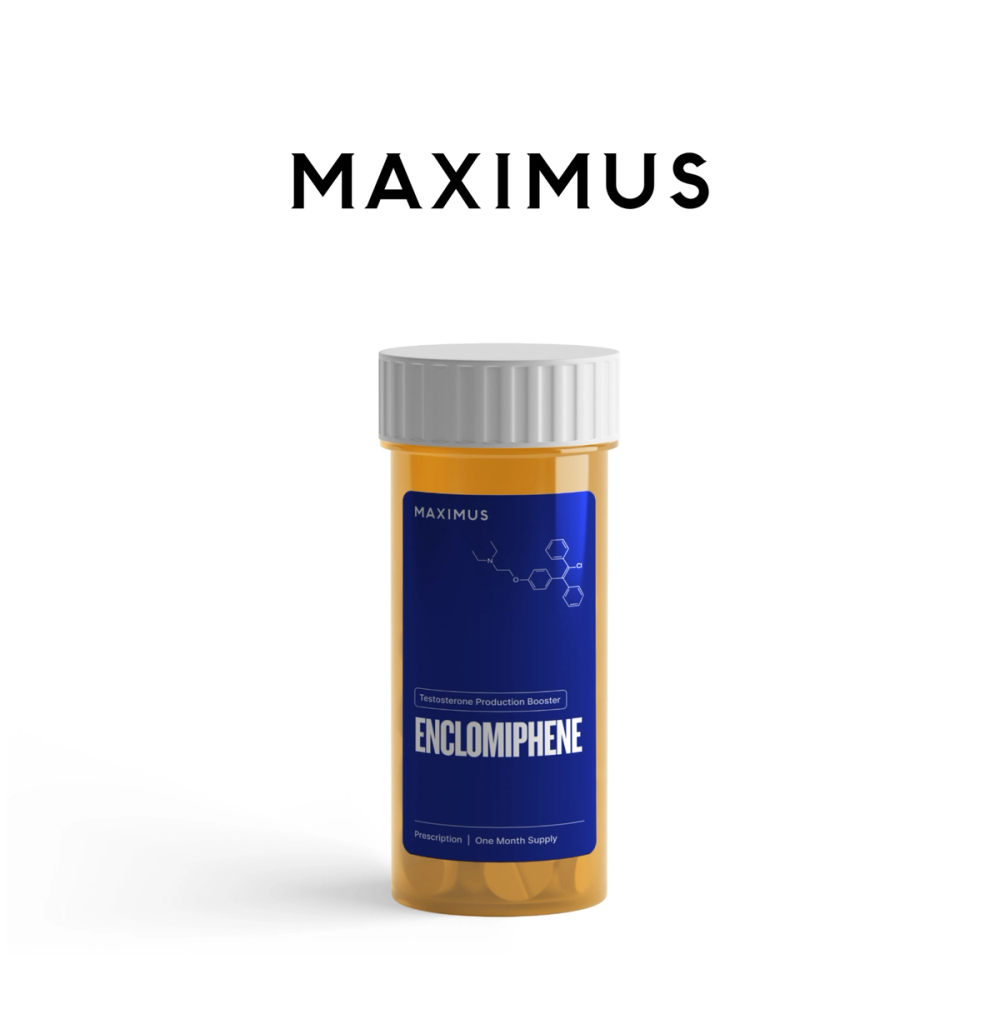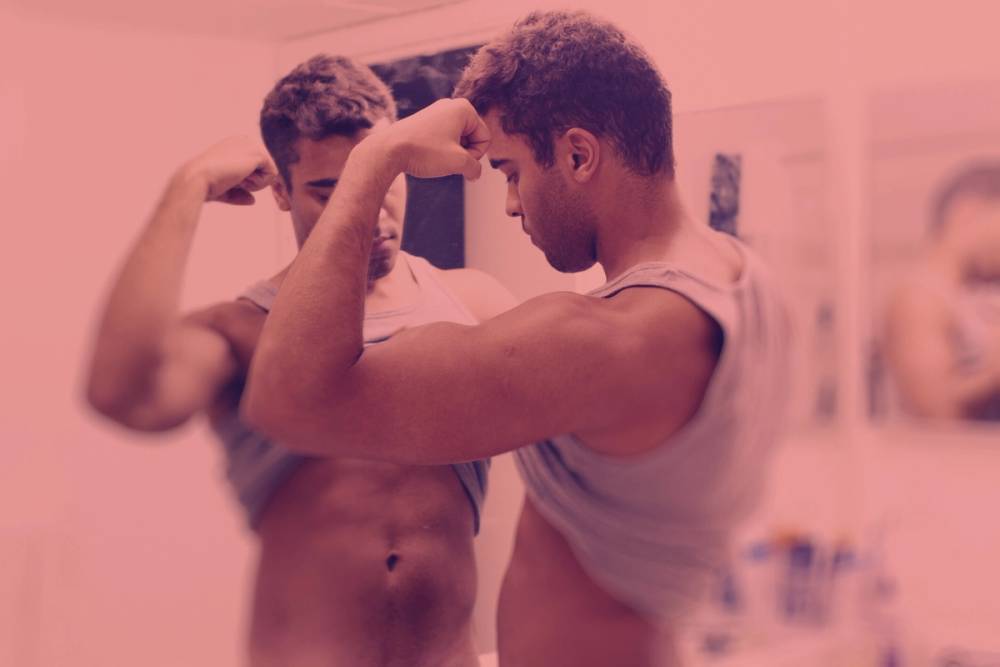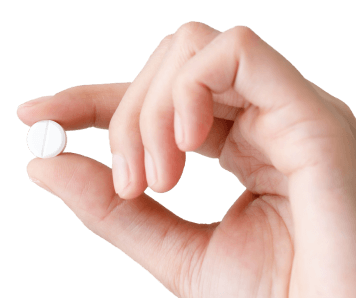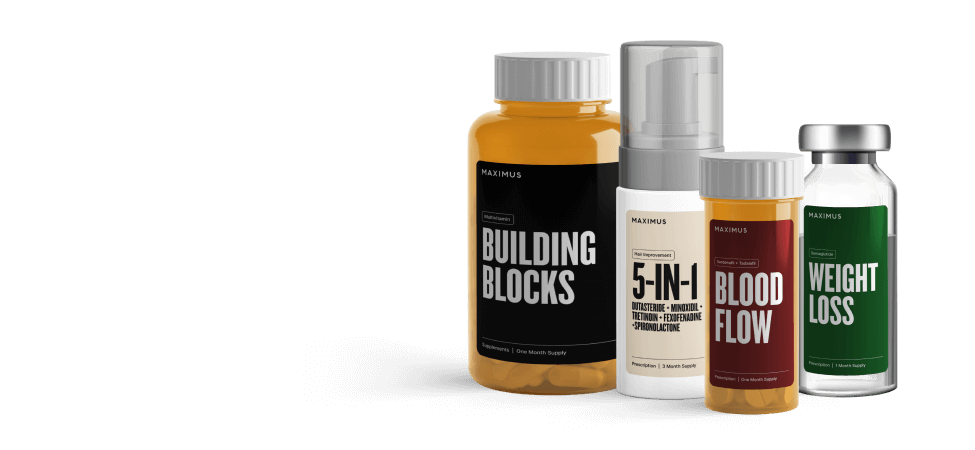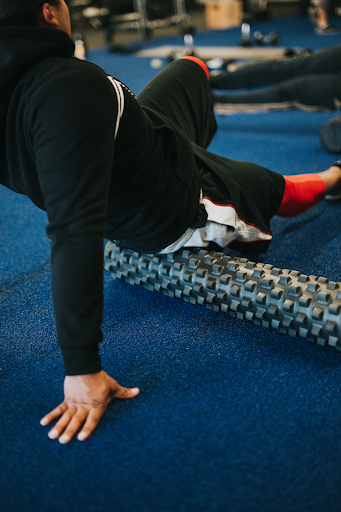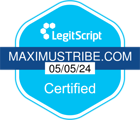Key takeaways:
- Recovery tools help improve athletic performance by reducing muscle soreness and helping to keep you injury-free.
- Some popular recovery tools include foam rolling, stretching, massage balls, and compression.
- Recovery tools can help improve blood circulation and shorten your recovery window.
You go to the gym and lift heavy, making sure you put in the hard work consistently, week in and week out. You try to eat well because you know it’s crucial.
You do your best to minimize chronic stress, as studies have shown that this can significantly lower testosterone levels.
You try to squeeze in enough sleep your body needs to be fully optimized, knowing that quality sleep helps to heal and repair your heart and blood vessels, supports a healthy balance of hunger and fullness hormones, and impacts how your body responds to insulin.
You do all of this consistently but may still be missing an essential piece of the puzzle: recovery.
Proper recovery is a crucial way to enhance athletic performance and avoid injuries. Yet many athletes still skip it.
A study published in BMCSportsScience, Medicine, and Rehabilitation found that only 57% of team sport athletes use recovery strategies.
In this article you’ll learn how add it to your process, what tools are best for recovery after exercise, and how recovery aids work to keep you workout-ready.
Post-workout recovery benefits
When used alongside a proper training program, recovery tools can help you get the most out of each workout.
A narrative review of research on recovery strategies found that people who use specific types of recovery tools and methods like foam rollers, stretching, and compression garments may see improved recovery outcomes.
More specifically, some potential benefits of post-workout recovery tools and methods include:
- Reduced muscle soreness: Using varying recovery tools such as massages and foam rollers can reduce muscle soreness.
- Better endurance: Research shows that using tools like compression garments might improve recovery from resistance exercise and may help with endurance performance the next day—especially among cyclists.
- Injury prevention: Simple tools and strategies such as proper sleep, nutrition, and active recovery can help an athlete de-load and recover much quicker. This can help athletes avoid overtraining, which can be detrimental to their success.
- Improved mental well-being: Though often overlooked, psychosocial recovery tools like counseling, relaxation techniques, and spending time with friends, may help athletes better cope with the physical stress of their sport, both in competition and training.
- Better brain health: Results from a 2023 systematic review published in the journal Sports Medicine found that sleeping longer at night or taking naps is the best way to improve cognitive or physical performance. Among athletes who sleep about seven hours per night, increasing sleep time by 46-113 minutes could offer benefits. Short and long naps were also found to improve things like attention and reaction time.
- Better blood circulation: Compression gear helps apply gentle pressure to your muscles, thus increasing blood flow, which may have a downstream effect of improving the availability of oxygen and exercise performance. Research on the impact of compression gear on muscle recovery found that compression garments may improve blood circulation and were generally more effective when used after a workout than during exercise.
The best recovery tools for men
Now that you know about some of the benefits of post-workout recovery tools, here’s some of the most practical, popular and effective recovery aids that you can benefit from.
Sleep and rest
If you constantly find yourself burning the candle at both ends, it may be time to reevaluate your sleep routine. Among active people, simply adding 45-90 minutes a night can improve cognitive performance.
Proper rest is also important to recovery and helps you avoid burnout. This could be in the form of complete rest days where you abstain from training and workouts, or active rest such as outdoor walks, light swimming, stretching, and low-impact yoga.
Nutrition
Nutrition is another recovery tool that plays a vital role in an athlete's overall health and wellness.
To best support recovery, it’s important to make sure you’re consuming enough calories to support your training load.
Within this, specific nutrients are important. Carbohydrates help restore energy and sugar levels, protein helps with muscle repair and protein synthesis, and healthy fats support your overall health and can minimize inflammation.
Stretching
Even though stretching is an excellent form of active recovery, it’s something many men avoid and feel they do not have time for. But you might want to rethink that...
One study found that regular static stretching (stretching a muscle to the point of mild discomfort and hold it for a set amount of time), may indirectly support muscle growth.
Foam rolling
A relatively affordable recovery tool, many athletes use foam rollers as a form of self-myofascial release.
Through applying pressure to specific muscle groups, foam rollers are used to release tension, reduce muscle soreness, and enhance flexibility.
Research shows that foam rolling can help to reduce muscle pain and may also increase athletic performance – especially in sprint athletes who improved their range of motion and flexibility through consistent foam rolling.
Massage guns
Massage guns have been shown as effective tools in athletic performance through means of improving short-term range of motion, flexibility, and reducing stiffness.
That said, the researchers point out that more research is needed to get a better idea of how massage guns impact the body.
Massage balls
Massage balls are used as a method of trigger point therapy to ease knots, tension, and aches.
More research is needed to better understand the possible recovery benefits of massage balls, but one study found that forms of self-myofascial release like massage balls may enhance recovery and improve flexibility.
Massage
Massage is a form of self-myofascial release that can help improve flexibility and support overall recovery.
For those who are looking to elevate their recovery routine, a tool that combines massage with foam rolling, like a vibrating massage roller, can be effective.
Cupping
All of the rage during the 2016 Olympics thanks to Michael Phelps, cupping is a form of alternative medicine capable of reducing muscle and joint inflammation, relieving pain, and improving their athletic performance.
Cupping involves strategically placing cups on the skin that create a vacuum effect (typically using a flame or pump), which draws blood away from certain parts of the body.
While more research is needed to better understand whether cupping offers benefits, the technique remains popular among many high-performing athletes.
Dry needling
Dry needling is a therapeutic technique that is used to relieve pain, improve mobility, reduce inflammation, and treat muscle dysfunction, such as overly tight muscles.
It involves carefully inserting thin, sterilized needles into trigger points or tight bands of muscle tissue. The needles create small micro-injuries in the muscle tissue, which can stimulate healing.
As of now, more research is needed to better understand how dry needling may or may not help with recovery.
Beyond these recovery tools and techniques, another option that might help with muscle recovery is Maximus’ Blood Flow Protocol. Get in touch to learn more.
Disclaimer: The contents of this article, including, but not limited to, text, graphics, images, and other information, is for information purposes only and does not constitute medical advice. The information contained herein is not a substitute for and should never be relied upon for professional medical advice. The content is not meant to be complete or exhaustive or to be applicable to any specific individual's medical condition. You should consult a licensed healthcare professional before starting any health protocol and seek the advice of your physician or other medical professional if you have questions or concerns about a medical condition. Always talk to your doctor about the risks and benefits of any treatment. Never disregard or delay seeking professional medical advice or treatment because of something you have read on this site. Maximus does not recommend, endorse, or make any representation about the efficacy, appropriateness, or suitability of any specific test, products, procedures, treatments, services, opinions, healthcare providers or other information contained herein. Maximus is not responsible for, nor will they bear any liability for, the content provided herein or any actions or outcomes resulting from or related to its use.
